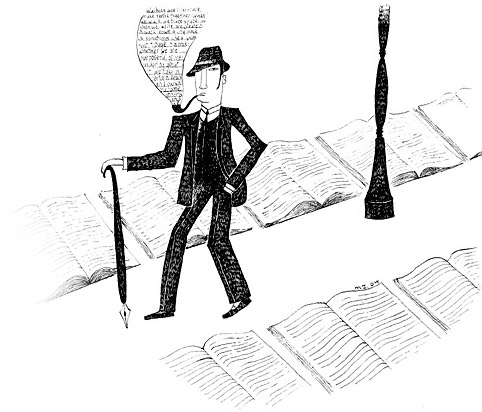Commodity culture and spatial representation
*Paris, the capital of the nineteenth century (Walter Benjamin)
1. The fragmented representations of space
1.1. The collapse of city as a concept of organic unity
1.2. The impossibility of defining a city as a whole.
1.3. All wholistic concepts of city are challenged.
2. Political and philosophical ideas (Fourier's "utopia") and building
2.1. Building or architecture?
2.2. Building is not determined by architects.
2.3. The political and philosophical ideas behind building and technology were/are responses to modernity.
2.4. Example: Hong Kong's resettlement housing
3. Commodity culture and commercial space
3.1. From Marxist critique of capitalist economy into commodity culture
3.2. The value form of commodity: use value, exchange value and cultural value
3.3. Exchange value of commodity: commodity fetishism
3.4. Cultural value: Phantasmagoria
-Display value of commodity
-Specialties, novelties and fashion: a timeless world
-Commodity culture and space
4. Visual culture and space
4.1. The development in fine arts (e.g. Art nouveau) and commodity culture
-Arts went beyond the small circle of the bourgeois and aristocratic world
-Commercialization of arts vs. avant-garde
4.2. Urban space is highly visualized.
5. Flaneur: Subjectivity-representations-urban space
5.1. People became alienated from the urban world.
5.2. People connected themselves with the urban world through "eyes".
5.3. The capitalist culture lured the citizens to its phantasmagoria through visual culture.
6. Social-spatial engineering
6.1. City as a spectacle
6.2. Baroque city (The Grand Manner) enables the cities to become spectacles
-Straight street
-Baroque diagonal
-Trivium and polyvium
-Boulevards
-Uniformity
-Variety in unity
-Vista
-Monument
-Ceremonial axis
6.3. The function of Baroque city
-Further alienation of people from the city
-Providing linear perspective for spectators
-Promoting the idea of city as performance
6.4. The historical affinity between spatial-social engineering and capitalist commodity culture

0 Comments:
Post a Comment
<< Home